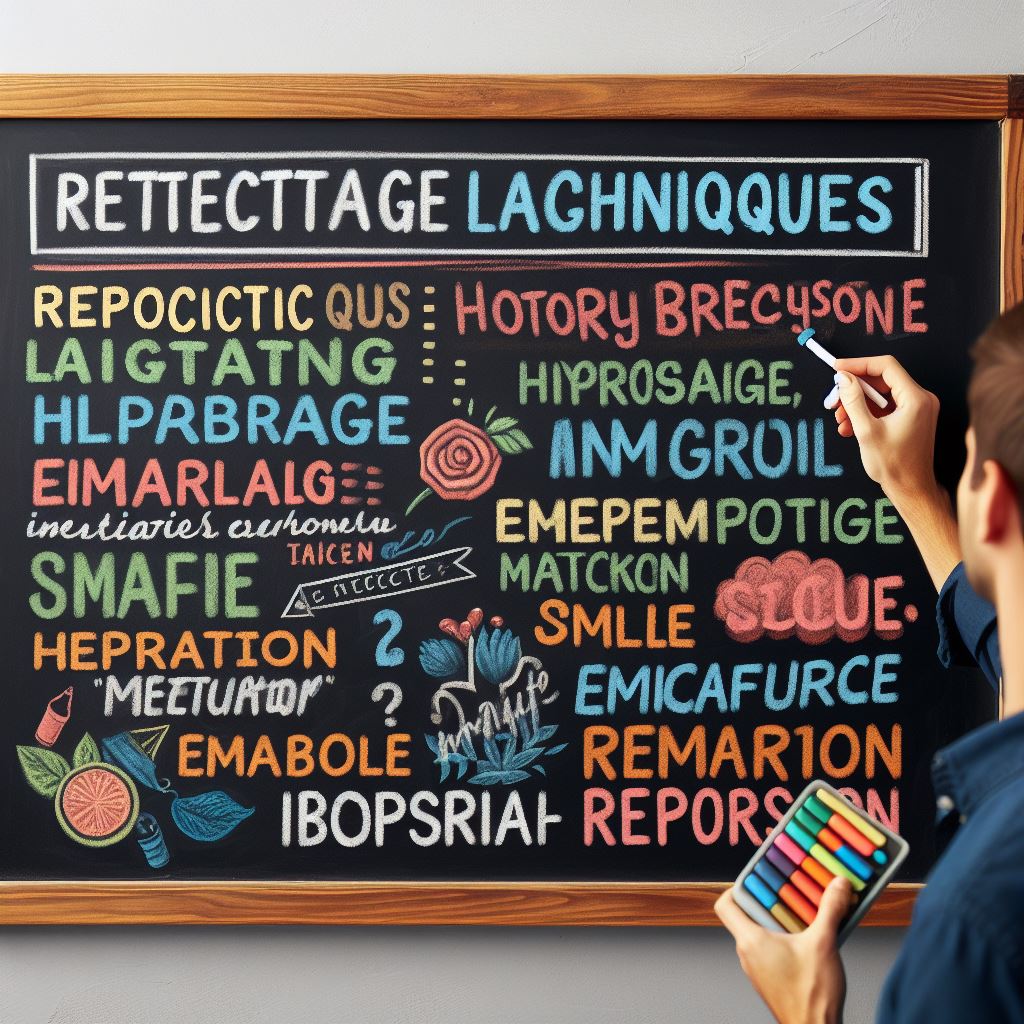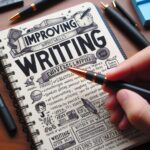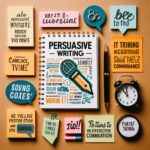Ultimate Guide to Essential Language Techniques for Students
Mastering language techniques is a cornerstone of effective communication and academic success. Here are key language techniques every student must know to excel in various forms of written and spoken expression.

1. Similes and Metaphors: Painting Vivid Pictures
Similes and metaphors are indispensable tools for adding color and depth to your language. Similes make comparisons using “like” or “as,” while metaphors assert direct similarities. Both create vivid imagery, enhancing the reader’s understanding and engagement.
Example: “Her smile was as bright as the sun on a summer morning.” (Simile)
Example: “Time is a thief, silently stealing moments from our lives.” (Metaphor)
2. Alliteration: Crafting Memorable Phrases
Alliteration involves the repetition of initial consonant sounds in a series of words. This technique not only adds a musical quality to your writing but also makes phrases more memorable.
Example: “Sally sells seashells by the seashore.”
3. Personification: Breathing Life into Inanimate Objects
Personification attributes human qualities to non-human entities, injecting life and personality into descriptions. This technique fosters a deeper connection between the reader and the subject.
Example: “The wind whispered secrets through the ancient trees.”
4. Hyperbole: Adding Dramatic Emphasis
Hyperbole involves deliberate exaggeration for emphasis or effect. While moderation is key, using hyperbole can make your writing more impactful and memorable.
Example: “I’ve told you a million times to clean your room!”
5. Irony: Crafting Nuanced Narratives
Irony involves a contrast between expectation and reality. Understanding and employing irony adds layers of meaning to your writing, making it more nuanced and thought-provoking.
Example: The firefighter’s house burned down while he was on duty.
6. Parallelism: Creating Rhythmic Harmony
Parallelism involves using similar structures or patterns in a series of words or phrases. This technique not only creates a rhythmic flow but also emphasizes the equality or similarity of ideas.
Example: “She likes hiking, swimming, and cycling.”
7. Anaphora: Repetition for Emphasis
Anaphora is the deliberate repetition of a word or phrase at the beginning of successive clauses. This technique adds emphasis and rhythm to your writing.
Example: “I have a dream that one day… I have a dream that one day…”
8. Assonance and Consonance: Crafting Harmony in Sound
Assonance involves the repetition of vowel sounds within nearby words, while consonance involves the repetition of consonant sounds. These techniques add musicality to your language and create a harmonious reading experience.
Example (assonance): “The rain in Spain falls mainly on the plain.”
Example (consonance): “Silken, sad, uncertain rustling of each purple curtain.”
Conclusion: A Toolbox for Expressive Excellence
In conclusion, these language techniques—similes and metaphors, alliteration, personification, hyperbole, irony, parallelism, anaphora, assonance, and consonance—form a versatile toolbox for expressive excellence. Whether in essays, speeches, or creative writing, mastering these techniques empowers students to convey ideas with precision, creativity, and impact.

